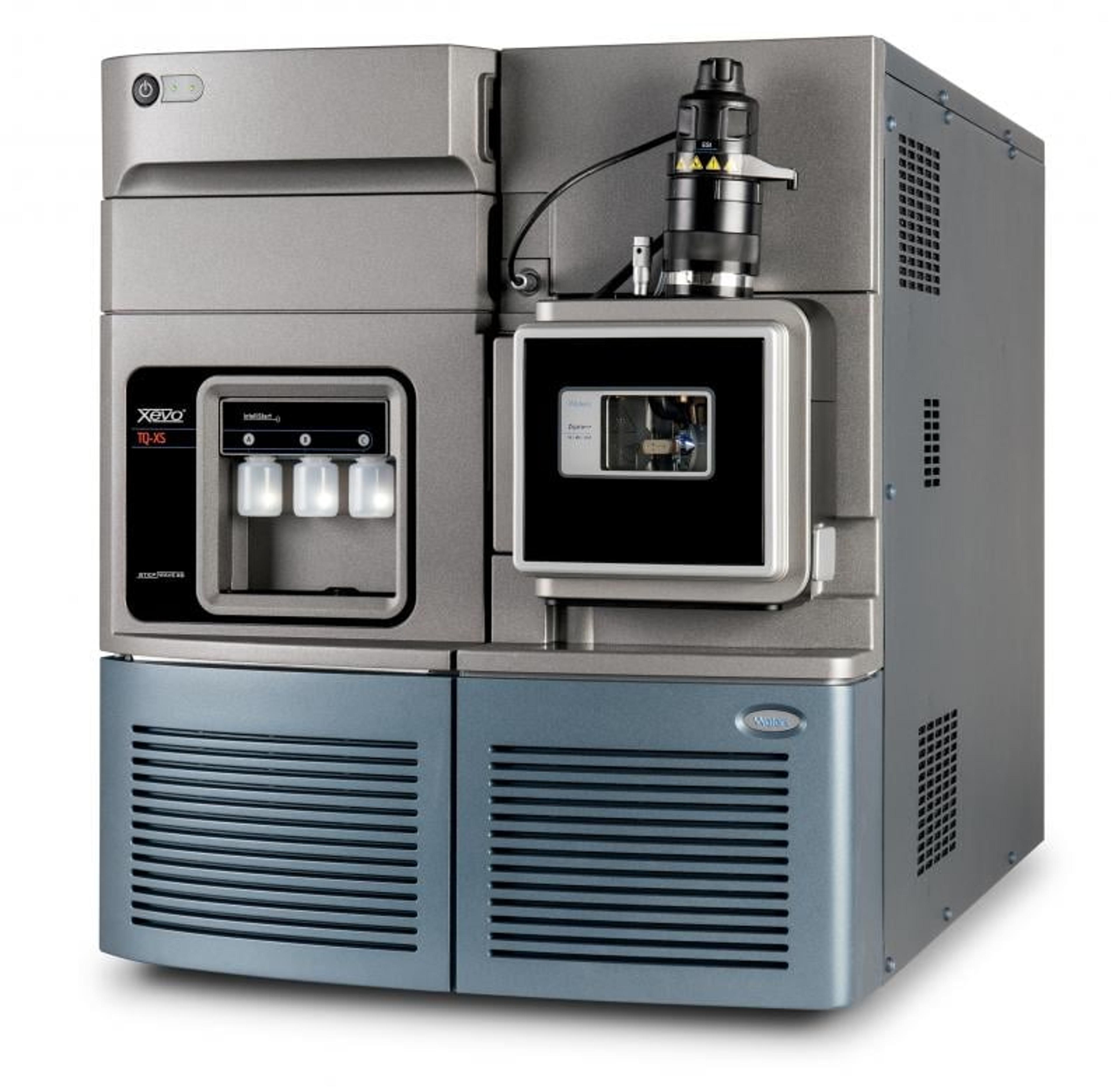
Decoding the chemical fingerprints of emerging contaminants
In today’s world, chemical and inorganic pollutants are becoming increasingly diverse, persistent, and difficult to detect. To meet this growing challenge, scientists are relying on mass spectrometry to unravel the complex signatures of emerging contaminants. This Accelerating Science Mass Spectrometry Feature page explores how advanced analytical techniques are enhancing our ability to detect and identify compounds across water, soil, air, food, and biological samples.
Here we cast the spotlight on contaminants such as per- and polyfluoroalkyl substances (PFAS), pesticides, pharmaceuticals and personal care products (PPCPs), endocrine disruptors, and other persistent organic pollutants. Often found at ultra-trace levels, these compounds pose significant obstacles for environmental monitoring and public health protection. The breakthrough innovations in mass spectrometry are opening new possibilities for scientists and regulatory agencies, equipping them with the precision and sensitivity needed to stay ahead and drive meaningful progress to protect both ecosystems and human health.
Continue reading to explore real-world applications, expert insights, and the cutting-edge technologies that are driving progress in contaminant detection and deepening our understanding to decode the chemical fingerprints of these emerging contaminants.
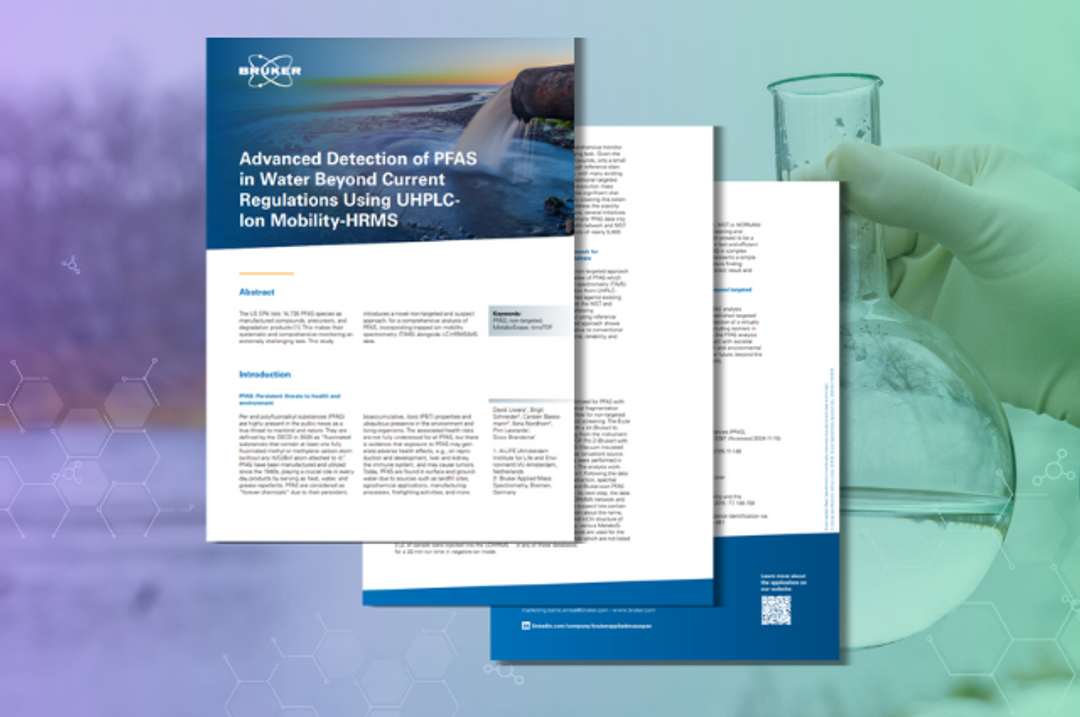
Transform your PFAS water analysis using trapped ion mobility spectrometry (TIMS) alongside LC-HRMS/MS data. Explore this resource to learn more about this novel, non-targeted approach, that enables the detection and identification of a wide number of PFAS including isomers in complex matrices.
Download resource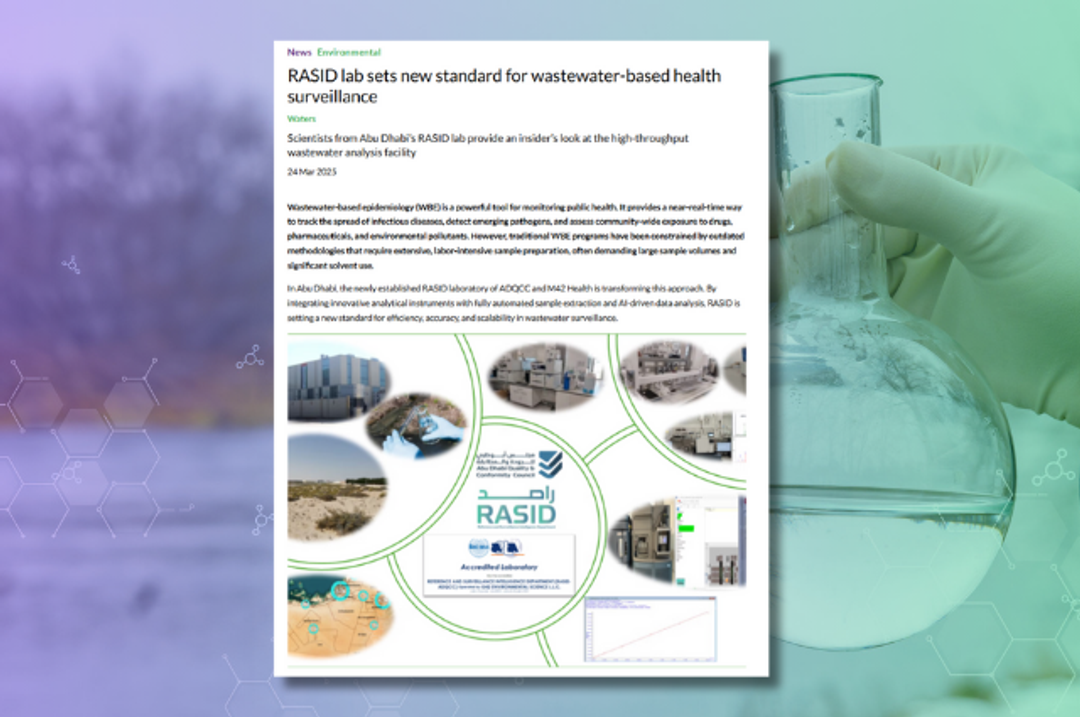
Discover how wastewater-based epidemiology methodologies are being transformed by LC-MS/MS in the RASID Lab. Providing targeted analysis to monitor the spread of infectious diseases, detect emerging pathogens, and assess community-wide exposure to drugs, pharmaceuticals, and environmental pollutants.
Read article
Learn with John Quick from ALS Environmental as he presents an extraction method aligned with EPA Method 1633. Explore how this high-resolution mass spectrometry technique delivers the precision needed to meet Drinking Water Inspectorate (DWI) standards.
Watch video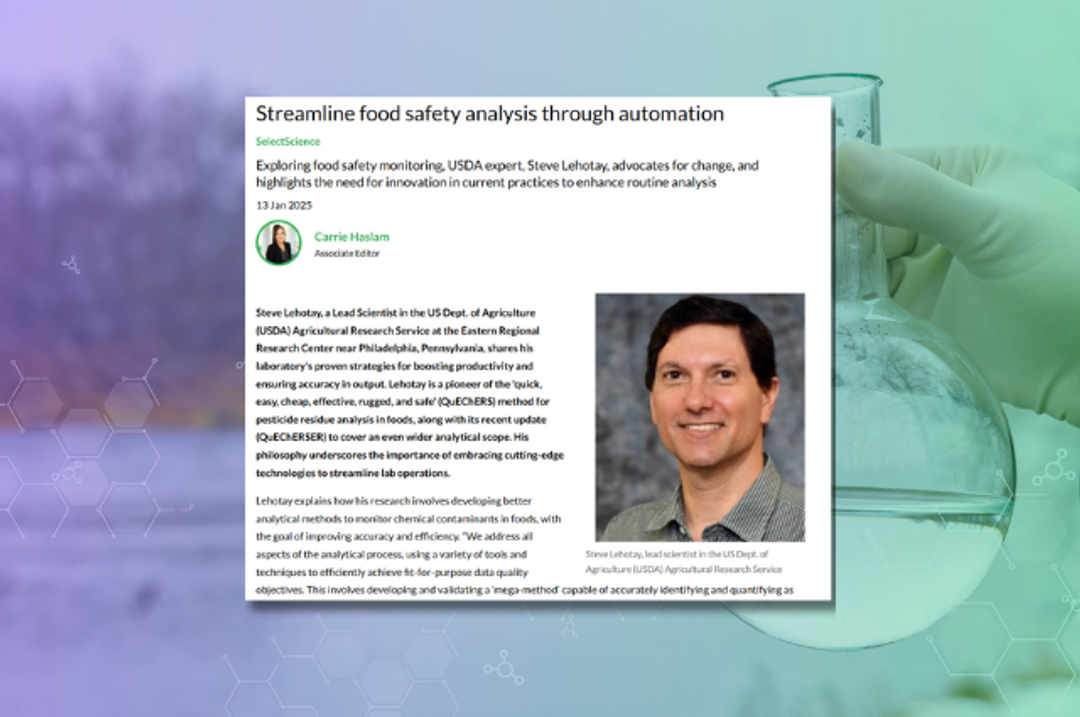
Discover with lead scientist, Steve Lehotay, how GC/LC coupled with quadrupole/high-resolution mass spectrometry has transformed his research in pesticide residue analysis in food.
Read article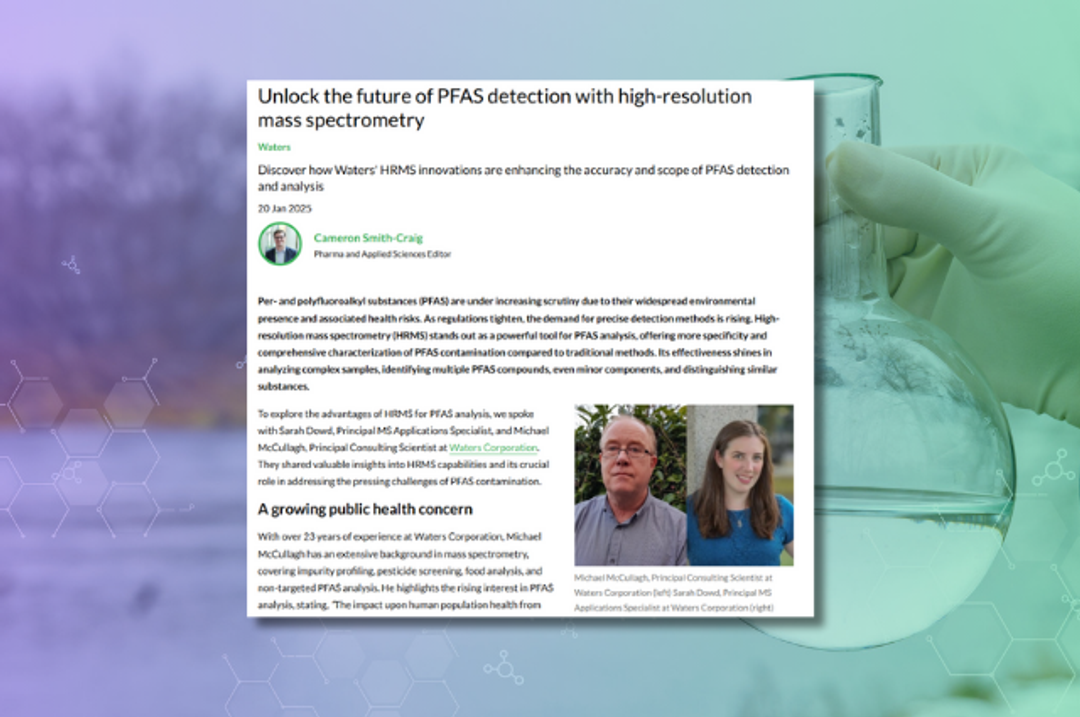
Hear from two Waters Corporation experts and gain valuable insight into the crucial role of mass spectrometry in addressing the challenges of PFAS contamination.
Read article

